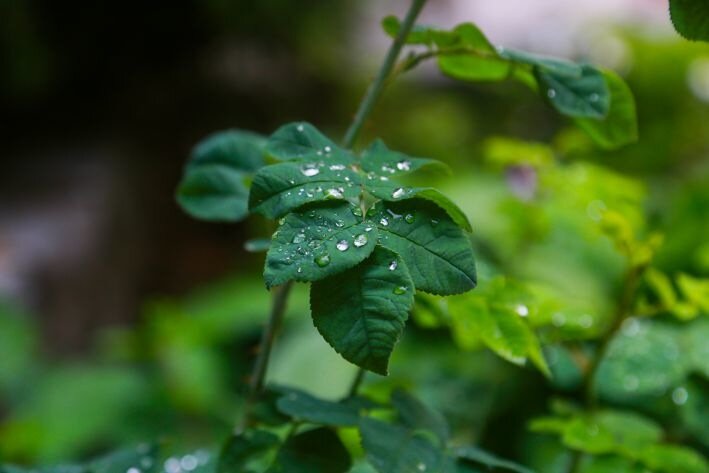Growing vegetables is one of the most common types of home gardening.
In order to obtain a high-quality harvest, it is necessary to correctly determine the optimal time for sowing seedlings.
Anastasia Kovrizhnykh , an expert of the online publication "BelNovosti", an agronomist and landscape designer, spoke about the timing of sowing seeds for seedlings.
We will look at expert advice on choosing the best time to sow vegetable seedlings, and also talk in detail about growing techniques that will help you get a rich harvest.
The Importance of Choosing the Optimal Sowing Time
Choosing the optimal time for sowing seedlings is one of the key points when growing vegetables.

Early or late sowing can lead to underdevelopment of plants, slow growth, and deterioration of the quality of the harvest.
Therefore, determining the optimal sowing time is an important step in achieving maximum yield.
Expert advice on choosing the optimal time to sow seedlings
Studying seed catalogs
The first step in choosing the optimal sowing time is to study seed catalogs.
Each variety has its own optimal period for sowing and growing, so it is necessary to select seeds taking into account their interaction with the climatic conditions of the region.
Determining the date of the last frost
To determine the optimal sowing time, you need to know the date of the last frost in your region.
Seedlings should be planted no earlier than two weeks after the last frost. Otherwise, they may be damaged.
Taking into account the climatic conditions of the region
The climatic conditions of the region are an important factor in determining the optimal sowing time.
It is important to consider the average air temperature, amount of precipitation and number of sunny days in the region. These factors can affect the rate of plant growth and maturity.
Determination of the ripening period
When choosing the time to sow seedlings, it is necessary to take into account the ripening period of a particular type of vegetable. Some vegetables require a long time to grow, while others can ripen faster.
For example, tomatoes and peppers require a long period of growth and development, so seedlings should be sown 6-8 weeks before the last frost.
Use sowing dates recommended by the seed manufacturer
Many seed producers recommend specific sowing times for their seeds.
These recommendations are based on research and experience of growing seeds in various conditions. Therefore, when choosing seeds, it is necessary to take into account the manufacturer's recommendations.
Using special tools to determine optimal sowing time
There are special tools that can help determine the optimal time to sow. For example, a soil thermometer can determine the temperature of the soil, which can help determine when the soil is warm enough to sow seedlings.
Techniques for growing vegetable seedlings
Once the optimal sowing time has been determined, seedling growing techniques should be selected that will help to obtain a rich harvest.
Soil preparation
Before sowing seedlings, it is necessary to prepare the soil. It should be fertile and well-drained.
For this purpose, you can add compost or other organic fertilizers.
Using suitable containers
To grow seedlings, you need to use suitable containers, such as pots or containers.
They must be large enough to provide enough soil for plants to grow.
Maintaining temperature and humidity
The seedlings must be grown in conditions that provide optimal temperature and humidity. The air temperature should be within 20-25 degrees Celsius, and the humidity should be at least 50%.
Greenhouses, thermometers and humidifiers can be used to maintain optimal conditions.
Providing sufficient lighting
Seedlings need to be grown in conditions of sufficient lighting. If growing takes place indoors, artificial lighting should be used.
If plants are grown outdoors, locations with good access to sunlight should be chosen.
Regular watering
Vegetable seedlings need regular watering. However, you should not over-water the soil, as this can lead to the death of the plants. The frequency of watering will depend on the conditions in which you grow the seedlings.
Thinning out seedlings
When the seedlings reach a certain size, it is necessary to thin out the plants.
This will help avoid competition between plants for nutrients and water and provide plants with enough space to grow.
Providing proper nutrition for seedlings
Seedlings need nutrients for optimal growth and development.
Before sowing seedlings, you can add organic fertilizers to the soil. In addition, you can use special fertilizers for vegetable seedlings.
Conclusion
Growing vegetable seedlings is an important step in obtaining a rich harvest.
To achieve optimal results, many factors must be considered, including optimal planting time, selection of vegetable varieties, growing techniques, and providing plants with adequate nutrients.
By following the expert's advice, you can get high-quality seedlings and ensure a rich harvest of vegetables.
Previously we talked about how to grow strong and stocky seedlings.









